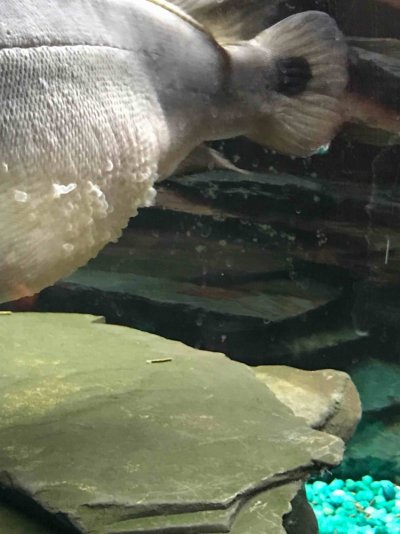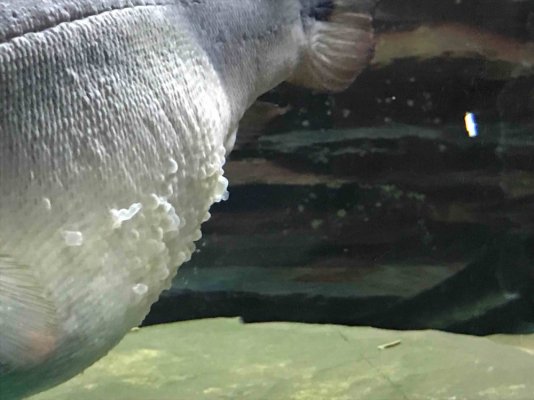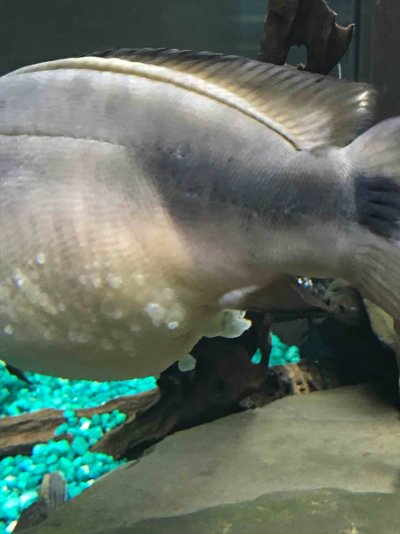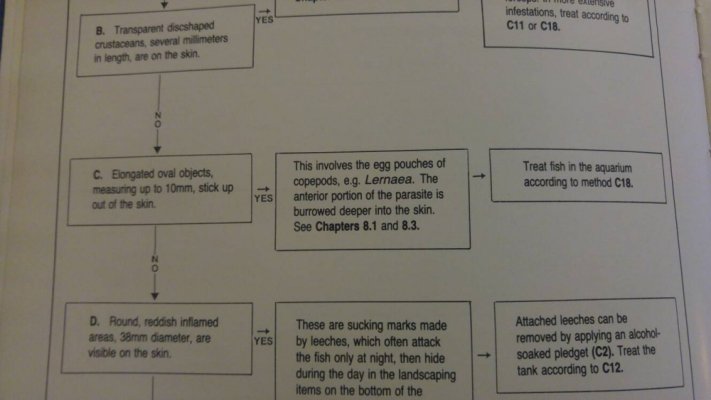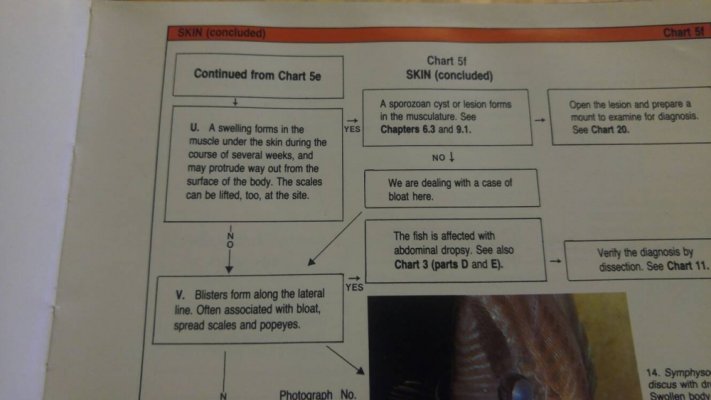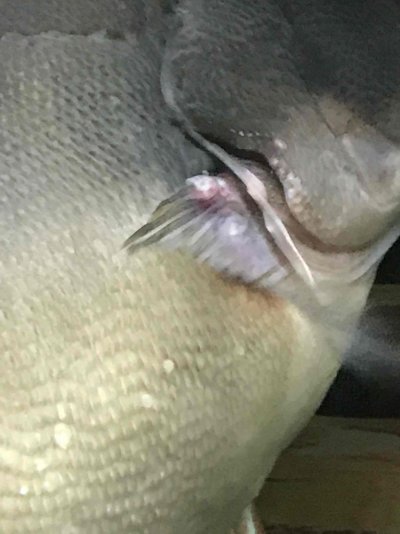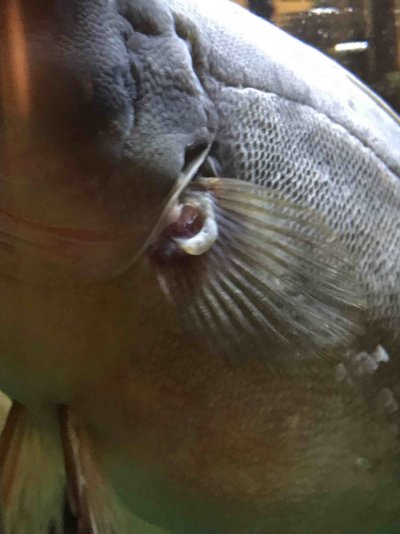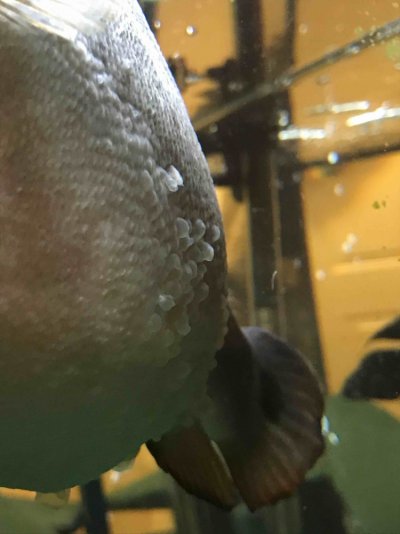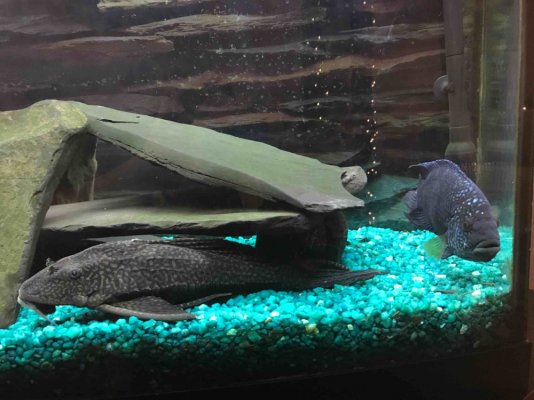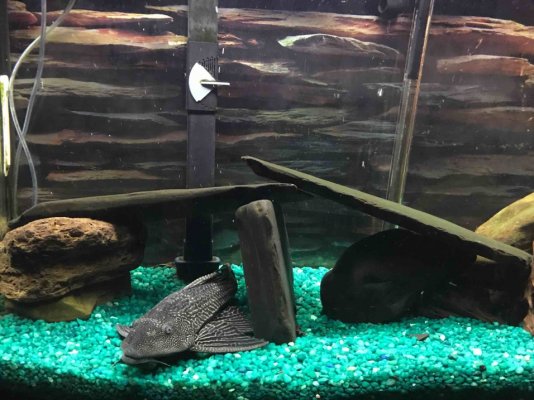Liking C in nirbhao suggestions my self.
I too have never seen that..
Treatment seems rough !
Method C18 Metriforate, Masoten, Neguvon 100% trichlorphon
Use: Skin and gill ectoparasites
Spectrum of action: Trichodina spp., Argulus spp., Ergasilus spp., Lernaea spp., Dactylogyrus spp., Gyrodactylus spp.
Masoten is very toxic and acts vigorously on parasitic crustaceans and skin and gill worms. It is significantly more effective as a long bath than it is as a short one. At higher concentrations, from 28 degrees C up it is toxic to many species of fish. Large species tolerate it better than do smaller ones. Characins and catfish are particularly sensitive. It has been repeatedly claimed Masoten makes fish infertile. That is wrong. Healthy progeny have repeatedly been bred from fish that were treated with high doses of Masoten (3 mg/L for three days).
Treatment can be carried out in the aquarium. Only very dry powder (which looks slightly bluish) can be used; if it forms clumps, then it is unusable. Masoten stored in apparently tightly sealed screw-top jars loses its effect over several months and becomes more toxic. Tests have shown that this loss of effectiveness is associated with the ability to absorb atmospheric humidity. The greater the moisture absorbed, the less the effect on gill worms and the greater the toxicity to fish. Newly purchased Masoten is significantly tolerated better by all fish than is the stored product This aging process can be delayed by immediately repacking freshly purchased Masoten into tightly closing vials and then storing these, along with a desiccant, in larger glass containers such as jars, or the vials can be sealed in plastic bags. Blue silica gel is an ideal desiccant, the blue granules losing their color when maximum moisture has been absorbed. The gel can be regenerated by spreading it on a tin baking sheet and heating for about 15 minutes at 105 to 110 degrees C. When the moisture is driven off, it turns blue again. This can be done for years.
The quantities give here refer to newly purchased Masoten (assuming, or course, the source's stock is stored properly). For Neguvon, multiply the quantities given by a factor of 0.8.
Stock Solution: 1 g Masoten to 1 liter water. The solution must be used immediately because it is not stable. Residues must not be dumped into the sewage line before they are neutralized by raising the pH above 12 with sodium hydroxide for two hours.
Dosage A: 100 ml stock solution to 100 liters aquarium water. This concentration is tolerated well by almost all fish if the temperature treatment lasts three days, after which at least 50% of the water is changed. The residual medication is filtered out over activated charcoal.
Dosage B: 1 g Masoten to 10 liters water as a short bath at 25 degrees C, pH 6 to 7, for one hour in a separate container.
The method with Dosage A (above is better for controlling live bearing gill and skin worms. With egg-laying
Dactylogyrus species treatment is not so simple because the eggs can tolerate high levels of Masoten. With the treatment recommendations described here, a whole population of fish can be freed of gill worms, a method particularly suited to breeding tanks that are free of bottom landscaping and decorations.
Dosage C: The fish are treated according to Dosage A for three days in their aquarium. Then all are caught and transferred to a parasite-free tank. The original tank can then be washed out, the tubing and filter rinsed, the filter material washed and boiled for half an hour or disinfected with a formalin solution. The aquarium is left at least three days to dry out. On day eight following the start of treatment, Dosage A is begun in the second tank and continued for three days. Mean while, the first aquarium is refilled with water and the filtration system started up. Following the bath in the second tank, the fish can be returned to their own tank on day 11. The filter needs a run-in time of at least three to six weeks. The temperature cannot go above 25 degrees C throughout the whole treatment process. Only at this temperature is there any guarantee that the larvae that hatched following the first treatment have not developed into sexually mature worms by the start of the second course of treatment.
This method does not effect a permanent cure because some of the Dactylogyrus eggs survive weeks or even months at the bottom of the aquarium before they develop further. In this case, method C6 (flubendazol) is significantly simpler and easier on the fish, and it provides the absolute assurance that no more gill worms will appear after just one treatment.
In general, Masoten should not be used without careful consideration; many fatalities have indicated that handling this drub is not without its problems. Outdated and highly toxic stocks are often used. Its toxicity varies according to fish species and water characteristics; it increases as treatment duration lengthens. High doses are usually tolerated well during the first 24 hours. In no case should fish be put into used solutions or into solutions that are several hours old! Masoten must be administered fresh each time. The residual stock solution must be immediately neutralized with sodium hydroxide and discarded.
Taken from ;
http://r.search.aol.com/_ylt=A0LEVy...ology.htm/RK=0/RS=XEykfhu4BZj9uaqXxTKIF_6GRSY-
The book used to diagnose is a must for true keepers ;
https://r.search.aol.com/_ylt=AwrBT...866227032/RK=0/RS=gegfxGdIgMwQFQ.3Lw.P9P1z6KY-
